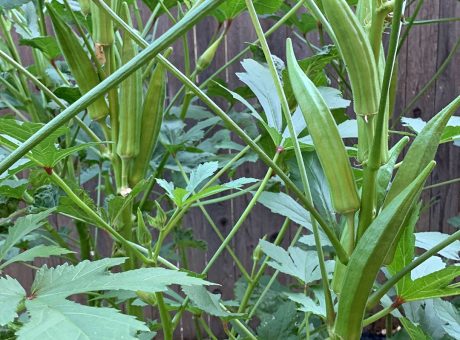
THE BENEFITS & CARE TIPS OF THE LUCKY BAMBOO HOUSE PLANT
Lucky Bamboo is a popular house plant (botanically named Dracaena Sanderiana) that responds very well in many houses. These plants come in different heights when you buy them from the store and they can grow taller, gradually. Some Lucky Bamboo plants have more leaves while others have longer stems (which can be straight or spiral) and just a few leaves at the top.
Lucky Bamboo meaning: As to its name, it is considered by some as a plant that brings luck and wealth, especially the Chinese in the feng shui way of thinking. That is why many people consider it a perfect gift to friends and family.

LUCKY BAMBOO BENEFITS
People who choose green living can plant Lucky Bamboo in the house because it has natural health benefits for the body and surroundings. Here are benefits that are widely agreed upon:
1) Air Purifier
Lucky Bamboo, like a few other house plants, is best used as a purifier for toxins that have crept into our houses through paints, electrical appliances, fabric with harsh chemicals, and etcetera. Air pollutants such as carbon dioxide and benzene are not good for the body because they may cause cancer, respiratory problems, and other serious health problems. Lucky Bamboo cleans the air for us.
2) Natural Humidifier
Having dry air in the house is not a good thing for all sorts of health reasons—coughs, dry skin, sore throats, nose bleeds, and other issues for both children and adults. The Lucky Bamboo plant acts as a natural humidifier as it produces moisture during the process of photosynthesis.
3) Lucky Bamboo Enhances Memory Alertness
A study conducted by Texas University found that Dracaena Sanderiana improved the focus and alertness of the students at the university. The cognitive function is enhanced as a person’s memory increases, attention improves, and mental alertness also improves.
CARING FOR LUCKY BAMBOO
Lucky Bamboo is one of the least demanding house plants. You only need to water the plant once a week. It only needs low light so it will not die if you don’t have a lot of light coming through your windows or you haven’t placed it where it is directly facing the sun.
The good temperature for Lucky Bamboo is between 60 and 95°F (16 and 35°C). But this plant is resilient and survives in different temperatures.
About twice a year, you may need to fertilize the soil. Of course, if you are practicing green living, you will have to use organic fertilizer—compost and manure are your best friend. Even though you may grow lucky bamboo in water, it is best to transfer the plant to a pot with good fertile soil to elongate its life.
Treating yellow leaves: When you see a stem or leaves turning yellow, it could be because of too much sun, too much fertilizer, or chemicals in the water. To fix this, start by removing the yellow leaves or stem, then you can remove the plant from direct light, or use filtered water, or stop using fertilizer, depending on the suspected problem.
If pests have infiltrated your Lucky Bamboo plant: The most common pests for the Dracaena Sanderiana plant are Spider Mites. When the leaves or stalks appear sickly, use natural ways to treat the plant.
For example,
- spray the affected areas with tap water to wash off any active pests;
- mix 1 tablespoon of dishwasher soap, 1 tablespoon of vegetable oil, and 1 cup of water (spray mild infestations with this mixture);
- and mix ¼ cup of apple cider vinegar or white vinegar with 1 tablespoon of baking soda, 1 cup of water, and a few drops of dishwasher soap.
If you have dogs or cats, you may want to place the Lucky Bamboo plants away from reach because this particular plant can be toxic to dogs and cats if consumed. The pets might vomit and have other symptoms such as anorexia, hypersalivation, and depression. If you know or suspect that your pet has eaten the Lucky Bamboo plant, please call your veterinarian as soon as possible.



